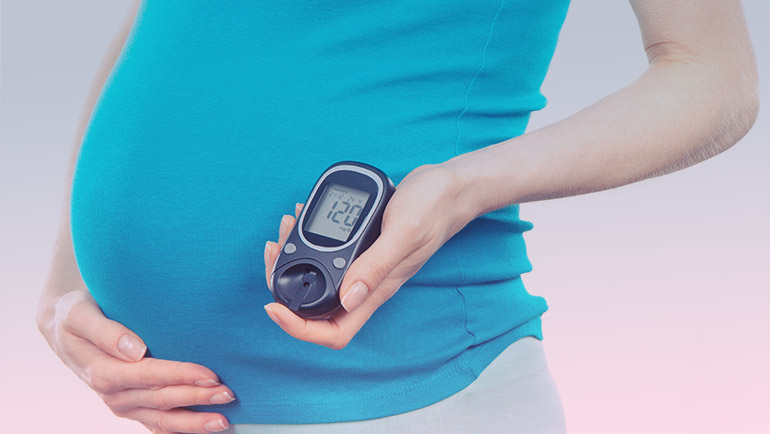Sugar Loading
During this test, the expectant mother drinks 50 g of glucose. After one hour, the glucose level in the blood is checked. If the glucose level is below 140 mg/dl during this determination, the expectant mother does not have gestational diabetes. However, if it exceeds this value, the test must be reapplied with 100 g of glucose for 3 hours. After 3 hours of loading, it can be definitively determined whether the expectant mother has gestational diabetes. The expectant mother should not engage in excessive physical activity or eat after the sugar loading test. These precautions are important for the test to give accurate results.
What do we do in case of gestational diabetes?
Thanks to this test, we know if there is gestational diabetes. If gestational diabetes is present, we take precautions.
- We want you to check your own blood sugar levels at home
- A dietitian will prepare a special nutrition program for you and a regular light exercise program until the birth/li>
- Some women with gestational diabetes may also need insulin to keep blood sugar levels under control
- To check your baby's health, we perform additional ultrasound scans and electronic fetal monitoring (NST).
How long do the effects of the disease last?
Diabetes that occurs during pregnancy disappears in most women after the birth of the baby. After birth, the body's need for insulin decreases due to the normalized hormonal balance. However, women with gestational diabetes are at risk of developing diabetes again in subsequent pregnancies and in later years.


